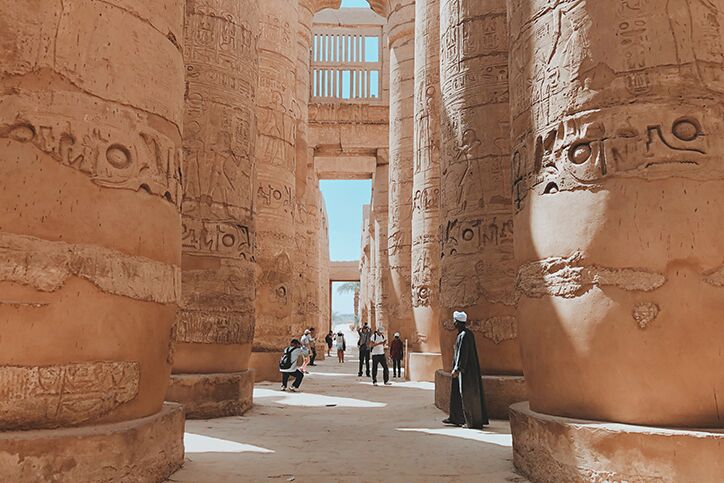Here in America and in most of Canada, we have funeral traditions that have stood the test of time for decades, even centuries.
But our traditions are vastly different from those in other countries and cultures.
This article looks at ancient Egyptian funeral traditions and is part of a series that highlights how different cultures care for their dead. Other parts of the series are about Indian funeral traditions and Japanese funeral traditions, among others.
The Afterlife
The ancient Egyptians believed in eternal life, and life on Earth was only part of this. Getting into the afterlife was important to the Egyptians, and it wasn’t an easy task to do. Not everyone made it through the journey — only those who had a purpose to serve in the afterlife. The afterlife was known as The Field of Reeds, which was a mirror image of life on Earth.
The physical body needed to be preserved for the afterlife, so the Egyptians practiced burying the deceased, not cremation. To prepare the deceased for their journey to the afterlife, they went through a series of elaborate funeral rituals, including entombment and mummification.
Entombment
In the early Egyptian civilization, the deceased were buried in shallow holes with their items and other burial goods. They even put multiple lower-class members in the same burial plot. Around 3100 BC, the Egyptians started creating more elaborate tombs like mastabas, which were flat-roofed, rectangular buildings made of mud bricks.
Then around 2700 BC, the Egyptians began building the pyramids where the wealthy were buried. The architect Imhotep is credited with the idea of stacking mastabas on top of each other to make steps, and it resulted in the Pyramid of Djoser, in honor of Pharaoh Djoser.
Around 2550 BC, the Great Pyramid of Giza was built out of 2.3 million stone blocks for Pharaoh Khufu. The Great Pyramid of Giza is a part of the Giza pyramid complex, also including two other pyramids, the Great Sphinx, several cemeteries, and other structures.
Mummification
The bodies were preserved through mummification, so the souls could return to their bodies if the deceased made it through the journey to the afterlife. Certain priests were in charge of the mummification process. The process was originally just for Pharaohs since it was complicated and expensive, but eventually, there was a version of the process for other Egyptians as well.
For the most in-depth mummifications, the first thing the priests did was remove the brain in small pieces through the nostrils with hooked instruments so the face wasn’t damaged. Next, the stomach, liver, lungs, and intestines were removed and stored in separate jars. The Egyptians believed the heart contained a person’s intelligence and spirit, so that was the only thing that stayed inside the body.
Once the necessary organs and body parts were removed, the priest put natron, a salt drying agent, on the outside and inside of the deceased to remove the moisture. Once the moisture was removed, the priest washed off the natron and used pads in areas where the deceased may have shrunk, so they still look like themselves.
Now came the wrapping process of mummification. The priest wrapped the deceased in hundreds of long linen strips and coated it with a warm substance to keep it together. They wrote prayers on the strips, and amulets were inserted between linen layers to help protect the deceased, and a mask was attached to the deceased’s face. Then, the mummy was wrapped in a shroud and more linen straps to finish the process.
The Funeral
The Egyptian funeral consisted of placing the deceased in a coffin and having a procession to the tomb. The deceased’s relatives, priests, dancers, and musicians joined the procession. Then, everyone would board boats on the Nile river to get to the burial location. When they arrived at the tomb, the priest performed funeral rituals and prayers to protect the deceased in the afterlife. Food, clothes, statues, and other items were placed with the deceased in the tomb.





0 Comments